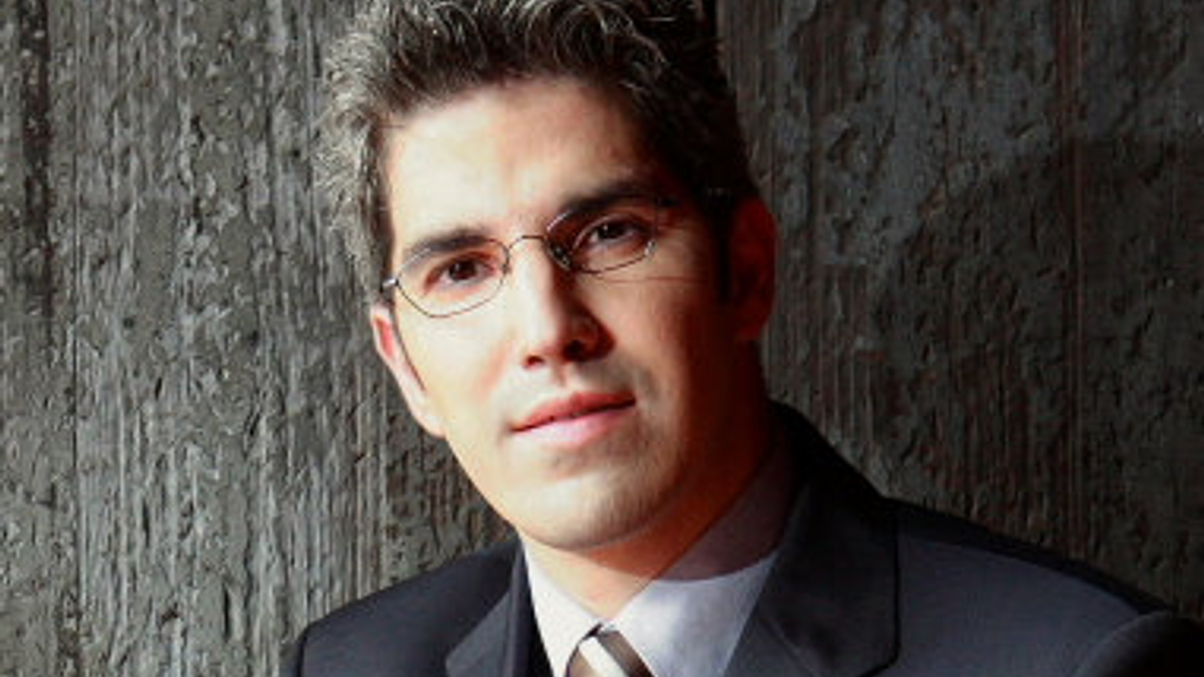Credit Suisse rolls out counterparty-selection tool in Asia
The bank is offering Asian users of its crossing engine its advanced order protection system to soothe fears over high-frequency and proprietary flow.

Credit Suisse has started offering a groundbreaking counterparty-selection tool already available in Europe and the US to Asia-based users of its electronic trade-matching engine, Crossfinder.
Sign in to read on!
Registered users get 2 free articles in 30 days.
Subscribers have full unlimited access to AsianInvestor
Not signed up? New users get 2 free articles per month, plus a 7-day unlimited free trial.
¬ Haymarket Media Limited. All rights reserved.


